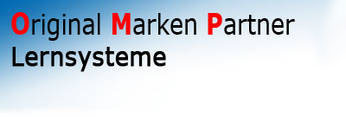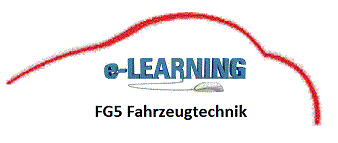Digital Data
The Morse principle demonstrates how different data can be represented with only two states. The Morse code also consists of only two states. The light of the Morse lamp or the sound of the Morse device can be switched on (state "ON" or value "1") or switched off (state "OFF" or value "0"). Nevertheless any text message can be transmitted with only these two signals. The combination of the long and short signals is very crucial.
A system which works digitally does not differentiate between long and short signals; only the combination of the values "1" and "0" count. Therefore the values of the bus line are collected in regular, very short intervals and evaluated.
A single signal value is called a "bit". A message is made up of several bits sent one after another. Such a bit string can be simply represented in values (e.g. "101000101"). Since even simple messages can consist of very long bit strings, the bits are grouped. A string of eight successive bits is called a "byte". These terms have established themselves in computer technology for quite some time. (Terms such as "gigabyte" or "megabit" are brought to mind.)
The CAN bus represents the two values "1" and "0" with two electrical voltages which are established in CAN protocol. In this way the two CAN bus lines (CAN-H and CAN-L) carry the same bit string, but they use differing voltage levels. These voltage levels are determined in the following exercise with the help of an oscilloscope.






